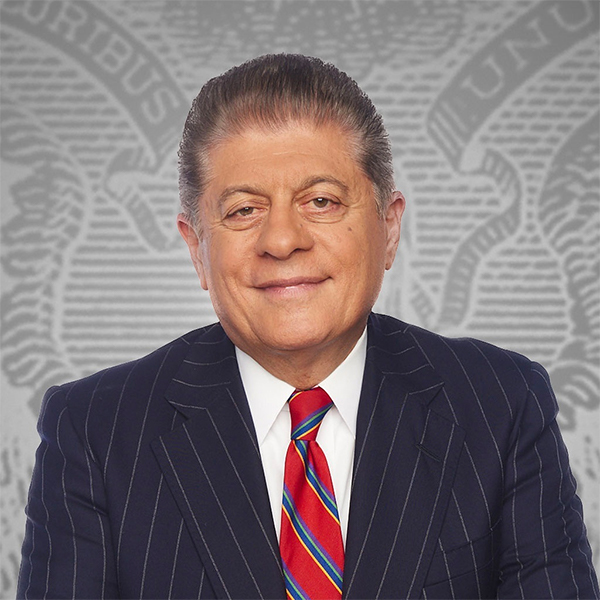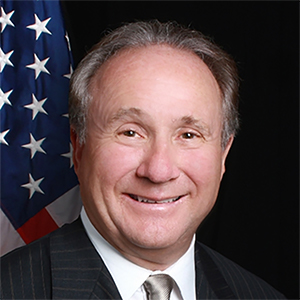What the Census Can Tell Us About Swing States
Jonathan Draeger, reporter for RealClearPolitics, wrote Tuesday that "the 2024 presidential contest couldn't be tighter." Unless, of course, it turns out not to be nearly as close as this season's run of polls suggests it is.
One indication that it might not be was a New York Times-Siena poll released this week showing Donald Trump leading Kamala Harris in Florida 55% to 41%. That's quite a switch from the 48.85% to 48.84% by which George W. Bush carried the state in 2000, or the 48.6% to 47.4% there for Trump over Hillary Clinton in 2016.
As the Times' brilliant and painstaking poll analyst Nate Cohn wrote, this result could just turn out to be an outlier: Polling theory says one in 20 polls is outside the margin of error. Or it could represent a continuation of the 2022 off-year results, which showed Republicans doing much better in Florida than in the current target states, such as Pennsylvania and Michigan.
But it could also have resulted, he explained, from population change. According to Census Bureau estimates, Florida's population grew by 4.7% between July 2020 and July 2023 (the latest available), a greater percentage increase than any other state except much less populous Idaho. That's a population increase of more than 1 million people in just three years, with many newcomers perhaps attracted by Florida's famously less restrictive COVID-19 policies.
As Cohn noted, many other polls may miss the effects of inter-election demographic changes by weighting results according to respondents' recollections of previous votes. Since voters historically have overreported supporting election winners, this tends to overstate support for the previously losing party and, in this case, for Trump. However, pollsters take that risk for fear of understating his support, as so many 2016 and 2020 polls did.
Cohn's analysis raises the question of whether population shifts may affect the balance, which seems exquisitely close, in the seven target states. So let's look at the changes in the 2020 and 2023 census estimates by county. Nationally, the period saw movement away from central cities and toward exurbs and salubrious rural areas.
This analysis reveals little about Nevada, where 69% of 2020 votes and 79% of the 2020-23 population increase were in Las Vegas-centered Clark County.
A little more can be said about Arizona, where Phoenix-centered Maricopa County had 61% of 2020 votes and 58% of the 2020-23 population increase. Among smaller counties, those leaning Republican grew by 83,000 people (all totals rounded off), and those leaning Democratic, including Tucson's Pima County, grew by 21,000. Advantage: Republicans.
The picture is mixed in fast-growing and excruciatingly marginal Georgia and North Carolina.
North Carolina's population grew by 3.7% overall, and by 4% in the six counties, including Charlotte, Raleigh, Durham, Chapel Hill, Greensboro and Winston-Salem, which voted 56% to 75% for Joe Biden. The other 94 counties (mostly Republican) grew by 3.5%. That slight edge, plus the weakness of the Republican nominee for governor, gives Democrats reason to hope Harris can win the one target state Biden lost by 49.9% to 48.6% in 2020.
Georgia, which Trump lost 49.5% to 49.2%, looks different. Metropolitan Atlanta's three central counties, heavily Democratic, grew by only 7,000 people, and four Democratic-trending ring counties with diverse populations increased by 44,000. But 12 mostly white exurban counties, which vote overwhelmingly Republican, increased by 100,000, and with polls showing Black voters trending Republican, Trump is likely to reduce Democratic margins in Black-majority exurban counties whose population increased by 22,000.
The three northern "blue wall" states, in contrast, had less than 1% population loss (Pennsylvania and Michigan) or gain (Wisconsin). If, as many expect, Trump carries Georgia, North Carolina and Arizona, Harris must win all three "blue wall" states to be elected president.
In Pennsylvania, Democrats depend heavily on big margins in Philadelphia, and in 2020, turnout increased to 743,000, a 40-year high. But Philadelphia's population fell by 50,000 people in 2020-23, and as a Philadelphia Inquirer report detailed, Hispanic and Black voters in Philadelphia have been trending Republican. The city's four suburban county populations rose by just 27,000. Not enough to offset the city decline and the likely increased Hispanic support in five blue-collar counties beyond metropolitan Philadelphia.
In western Pennsylvania, Pittsburgh's Allegheny County, with trendy inner-city neighborhoods and upscale suburbs, lost 25,000 people, while nearby Butler County, where Trump was shot July 13 and returned last Saturday, gained 4,000. Overall, the state beyond metropolitan Philadelphia and Pittsburgh, where Biden carried only eight of 57 counties, gained 19,000 people.
In Michigan, the picture is similar. The three counties, including or touching on Detroit, lost 46,000 people in 2020-23, and the industrial belt from Flint to Bay City, where Democrats are struggling, lost another 8,000. The three counties with large universities, which delivered a higher Biden percentage than either of the two blue-collar areas, lost 6,000. The state's other 74 counties, which voted 58% to 40% for Trump over Biden, gained 26,000.
Wisconsin seems slightly more favorable for Democrats. The historic Democratic powerhouse, Milwaukee County, lost 22,000 people, but the three suburban WOW counties, historically Republican but a little less so in the Trump era, gained just 8,000. That is overmatched by the 13,000 gained by Madison's Dane County, which with its state capital and flagship university exceeded Milwaukee's Democratic percentage and almost equaled its Democratic vote margin in 2020.
Let me close with a perhaps unscientific observation. Looking at the target state polls reported by RealClearPolitics with all or the bulk of interviews conducted since Sept. 25, two weeks ago as I write, I note that 14 show Trump leading, along with one for Harris and one tie. It's less one-sided if you look at the target state polls reported by Nate Silver's Silver Bulletin, but still with 15 for Trump, six for Harris and six ties. Note that there are almost no target state polls conducted since the vice presidential debate on Oct. 1.
Have the vibes run out for Harris, as my Washington Examiner colleague W. James Antle suggests?
Seems like a fair question.
========
Michael Barone is a senior political analyst for the Washington Examiner, resident fellow at the American Enterprise Institute and longtime co-author of The Almanac of American Politics. His new book, "Mental Maps of the Founders: How Geographic Imagination Guided America's Revolutionary Leaders," is now available.
Copyright 2024 U.S. News and World Report. Distibuted by Creators Syndicate Inc.





































Comments